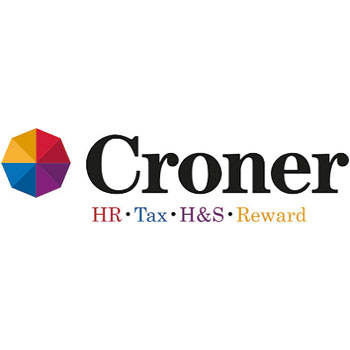2022 was an interesting year for recruitment. 2023 promises to be just as eventful, with jobseekers’ expectations changing and businesses facing more uncertainty.
Here are some trends and issues to keep moving this year…
Top 5 UK recruitment trends in 2023
1. Pay transparency
More and more, candidates want full transparency. If you’re struggling to obtain applications, then there’s a good chance it’s because you haven’t been clear about the job’s salary.
You might feel that not listing a pay range on your new role is a way of managing expectations, but it can also act as a barrier. For a candidate searching for a new role purely on the basis of salary, your job listing may be overlooked. For those not looking for a new role purely on the basis of salary, the candidate could see your unwillingness to state pay as a reflection of the company as a whole. Secretive. Insular. Stingy.
The answer to this is simple. Provide a wide pay range, and state that pay will be dependent on experience and expertise. This allows you to set expectations from the start, but leaves room for flexibility and negotiation within a reasonable range.
2. Strong company brand
It’s not necessarily true that the better your brand the better your candidates will be. However, it is true that stronger brands have a bigger pool of candidates to choose from. If a small, local business recruits for a marketing manager, they can’t expect the same response as the BBC would when hiring for the same position.
Gaining brand recognition is a long slog, but brand strength doesn’t have to be. At its core, it’s quite simple—is your company attractive to candidates?
If you’re not sure, there are a few ways to tell. Firstly, customer reviews. If you provide a good service or product, then people are more willing to work with and for you. Utilising sites like Glassdoor will also help boost your reputation. If past and existing workers are happy, chances are your new recruits will be too. Your existing workforce is an important asset for recruitment, utilise them.
3. Candidates interviewing you
Building on the previous point, incoming employees want to see if your business is a good fit for them. While recruits have always scoped out prospective employers, more workers than ever before are throwing it back to you.
Expect candidates to have their own set of questions ready. If you’re not prepared to answer them, they might easily decide you’re not a good fit.
If you want to know more about the questions interviewees might ask in your meetings, speak to one of our recruitment experts today on 0800 141 3814.
4. Increased flexibility
The trend that began with the pandemic continues to be prevalent. While there is evidence that some employees are choosing to return to the office, they’re not choosing to do so full time. Most candidates in 2023 will expect some degree of flexibility, even if it is flexible start/end times, or one day working from home.
Of course, there are many roles that cannot support home working. However, in these roles there is still room for flexibility, and offering it might be the way to snag a candidate over a competitor. Conduct an audit of your roles and see what can be done.
Could workers choose how to take their breaks? For example, you could offer the choice between an hour break or breaks split as a long 30 minutes and two smaller 15-minute breaks. Or perhaps the choice could be between an hour for lunch or half an hour for lunch but finish your workday 30 minutes early. Could start and finish times be staggered or left open to begin an hour early/late?
These are just a couple of options, but there are many others available which will be appealing to new staff.
5. Career mobility & upskilling
LinkedIn’s ‘2022 Global Trends Report’ revealed that upskilling was one of the top priorities for today’s workers. This looks to continue into 2023, with workers wanting to begin roles that will invest in their future and development.
The creation and implementation of new technologies in almost every industry are central to this trend. With AI set to reduce the need for workers in many roles, a recruit will want to know that they can move to other areas of the business and learn new skills. This will reduce the likelihood of redundancy or demotion a few years down the line.

Article By Matthew Reymes Cole
Matt joined Croner in 2007 as an employment law consultant and has advised clients of all sizes on all aspects of employment law. He has worked within management positions since 2017 and currently overseas a team within the litigation department, whilst continuing to support a number of clients directly.

As a Corporate Member of IoSCM, your business will benefit from a range of expert support, including a 24 hour helpline to support you with your HR. Find out more about Corporate Membership HERE.
